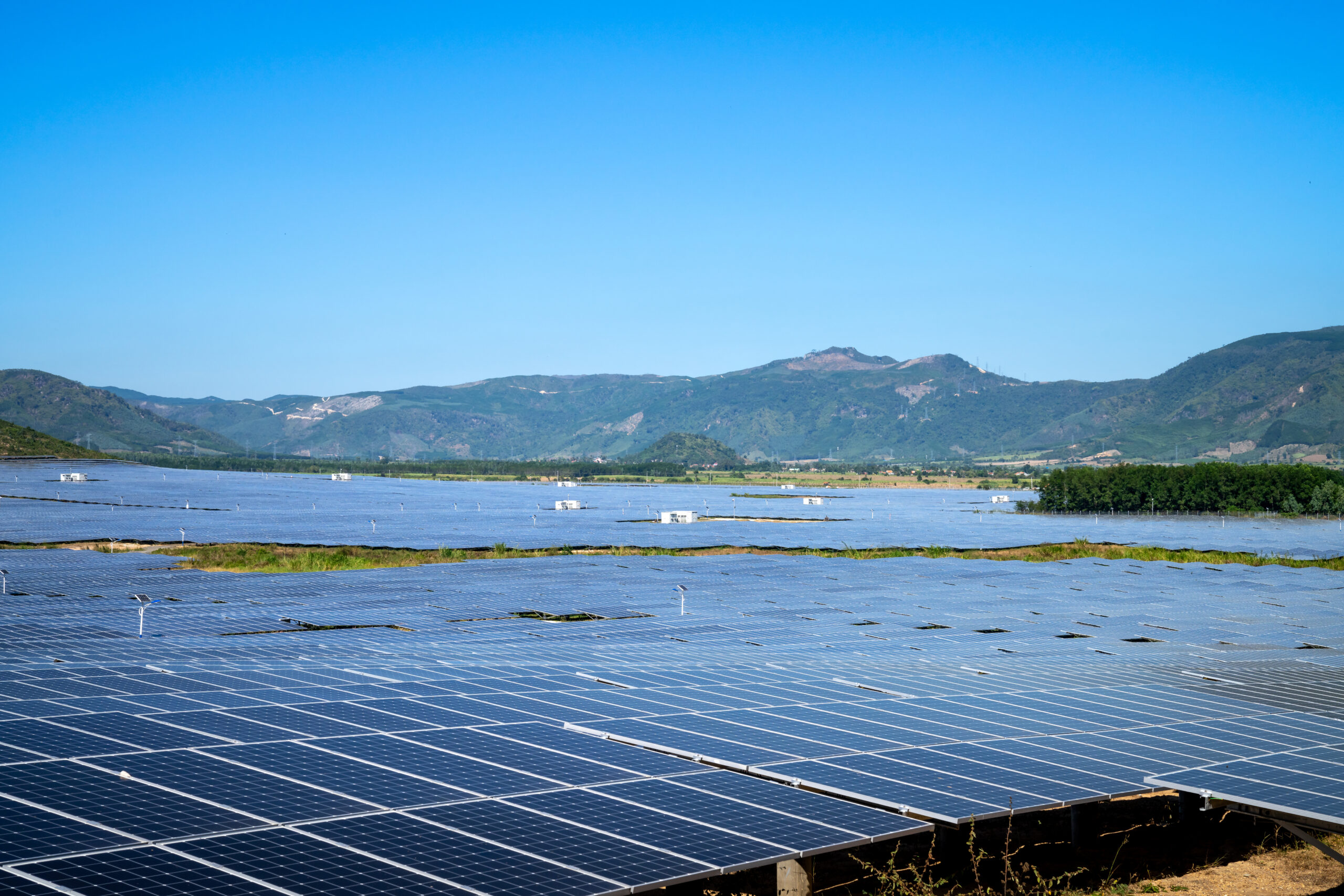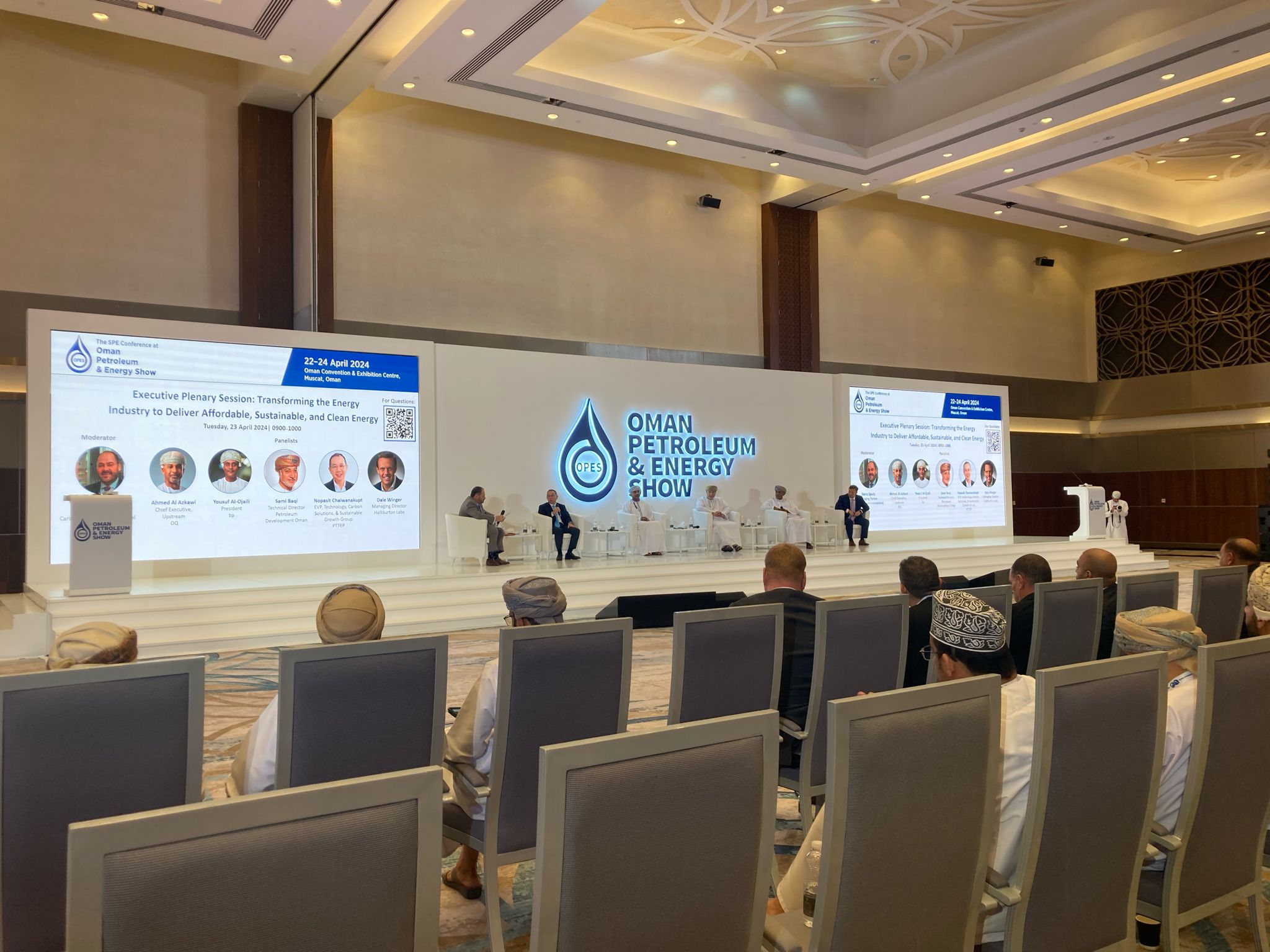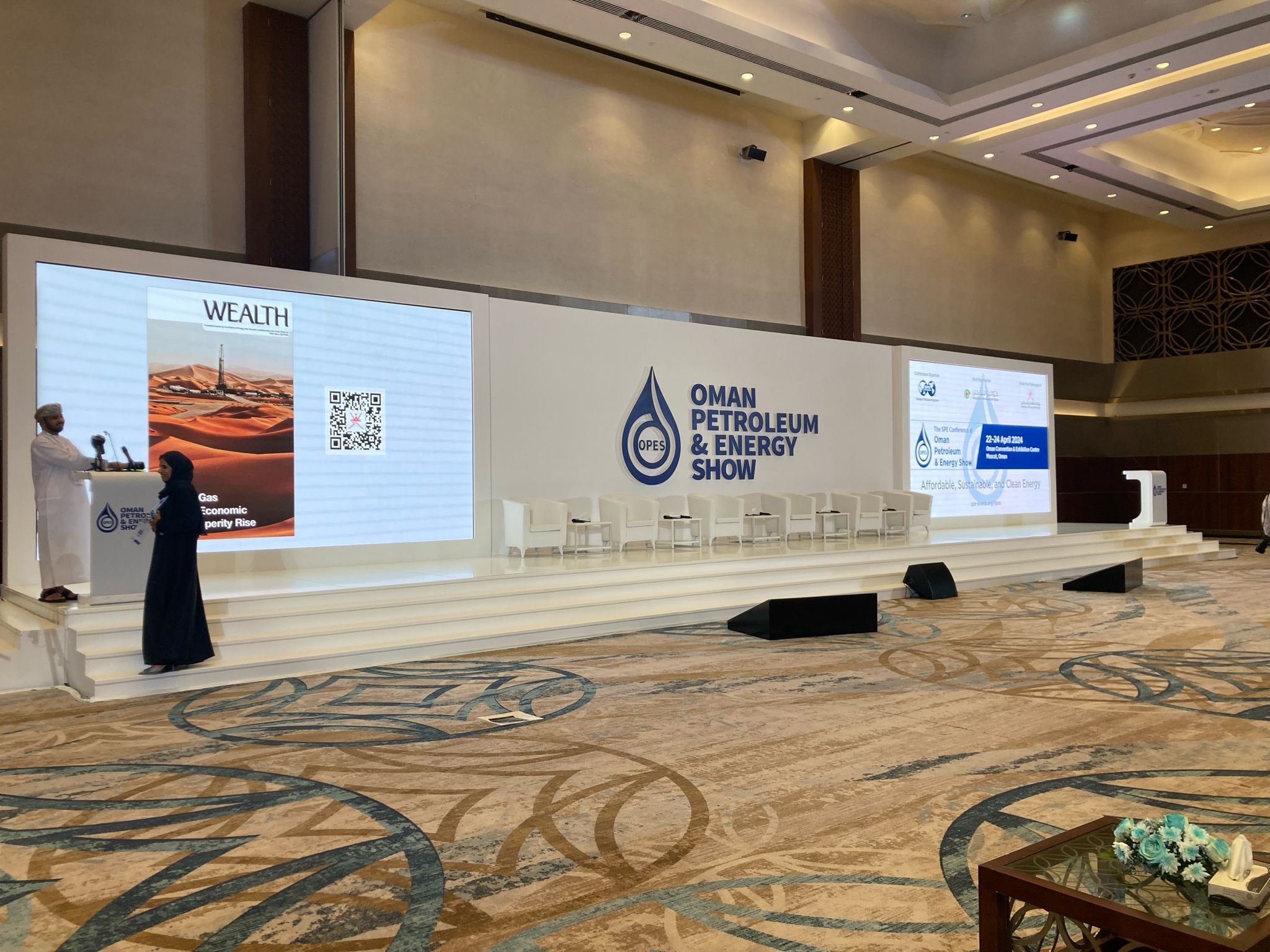SE Asian renewables gains offset by continued gas build-out
Lack of progress in breaking ground on new projects, coupled with a challenging regulatory environment for Asian renewables, is hindering the region’s progress, the report said.

Southeast Asia is ramping up its renewables capacity, trying to catch up with other regions in reining in greenhouse (gas GHG) emissions from its power sector that has historically relied on coal and gas.
Utility-scale solar and wind capacity among the ten-member Association of Southeast Asian Nations (ASEAN) bloc is up by a fifth at 28 gigawatts (GW) since this time last year (23 GW), putting the region on track to easily meet its upcoming renewables commitments ahead of schedule, a new Global Energy Monitor report found.
Vietnam has the largest share of operating utility-scale solar and wind capacity in the region at 19 GW, followed by Thailand and the Philippines each with 3 GW, the report said.
The Philippines has some 99 GW and Vietnam 86 GW of capacity, respectively, of prospective utility-scale solar and wind power. The two make up to 80 percent of the region’s total and represent the eighth and ninth-largest prospective capacity among countries worldwide.
While this is good news for both the Philippines and Vietnam, it also shows how far the rest of ASEAN has to go to catch up since its other eight members represent only 20 percent of prospective capacity. These members include: Brunei Darussalam, Burma, Cambodia, Indonesia, Laos, Malaysia, Singapore and Thailand.
The ASEAN region also boasts almost five times more prospective offshore wind power (124 GW) than onshore, which amounts to nearly twice the current offshore operating capacity worldwide at 69 GW.
However, the Global Monitor report also sounded a cautionary note, adding that lack of progress in breaking ground on new projects, coupled with a challenging regulatory environment for renewables, is hindering the region’s progress.
Additional coal and gas build-out
Though the report only mentions this in passing, most ASEAN countries are still building out more coal-fired power and gas-to-power plants to meet economic growth. This is due, at least in part, to local and regional banks favouring coal and gas projects over renewables since they offer greater returns. ASEAN has one of the fastest growing economies in the world.
The Asian Development Bank forecasts that ASEAN economic growth will reach a healthy 5 percent in 2024. To put that growth in perspective, the U.S. is forecast for 2.9 percent economic growth this year, with the EU for 0.9 percent. The International Monetary Fund projects overall global economic growth at 3.1 percent, inching up to only 3.2 percent for 2025.
ASEAN’s 5 percent pace has largely held steady over the past decade, in spite of inflationary pressures, geopolitical headwinds among many of its members, and higher fuel prices – ranging from oil imports to finished petroleum products like gas and diesel to pipeline gas and LNG imports.
Southeast Asia has experienced 5.7 percent annual power demand growth over the past decade. That’s more than double the global average, a recent S&P Global Insights report found.
However, the region’s appetite for continued coal fired power plant development has increasingly been under the spotlight due to its immense carbon emissions. In response, it’s been basing much of its energy future on coal-to-gas switching.
False climate change narrative
The switch is based on the premise that when used for power production, gas emits roughly half of the CO2 as does coal, the world’s dirtiest burning fossil fuel. However, it’s now widely seen as a false climate change narrative since gas not only emits considerable carbon emissions, but has methane leakage problems across its entire value chain.
ASEAN’s coal-to-gas switching is largely the result of pressure from several developed countries and institutions. This includes the U.S., Japan, South Korea and others. As recently as 2011 the Paris-based International Energy Agency (IEA) was heralding the “golden age of gas.”
Now, most bets are off on gas as a climate change mitigation tool. For his part, IEA Director Fatih Birol is also coming full circle, sounding warnings over continued use of gas as a power sector fuel source.
A recent IOP Science study found that that global gas systems leak over 4.7 percent of their methane (when considering a 20-year timeframe) or 7.6 percent (when considering a 100-year timeframe. As such, it’s on par with life-cycle coal emissions from methane-leaking coal mines. Methane is at least 80 times more potent than CO2 in the short term and 30 times worse in the long term.
The region’s existing coal and gas generation fleet is still relatively young. Nearly 50 percent of current operating capacity is ten years old or younger. However, these plants can have an operational lifespan of decades, ranging from 25 years to as much as 40 years or even longer under certain operational conditions.
Exacerbating the problem even more, there’s more than 40 GW of new capacity currently under construction in Southeast Asia that will come online by the end of the decade.
As such, even with a robust coal-to-gas switch, emissions will remain substantial, owing to growing power demand, and giving rise to the need to adopt lower carbon fuel, the S&P report added.
In light of this, it seems doubtful that ASEAN will be able to reach net zero by 2050. To do that, new coal and gas-fired power plants need to be halted immediately with plans to begin phasing out existing projects.
Adding another layer of complexity, several studies have found that Southeast Asia is one of the most vulnerable regions to climate change. From 2000-2019, three of the top ten countries most impacted by climate change were ASEAN members. These were the Philippines, Myanmar and Thailand, according to the Global Climate Risk Index.



